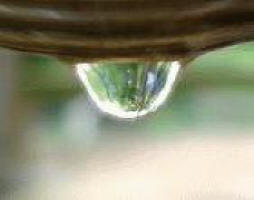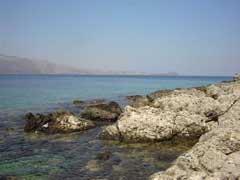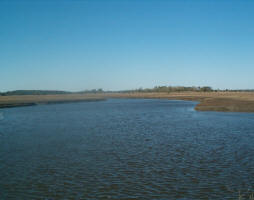 Maintenance: A hidden cost for water and sanitation services
Maintenance: A hidden cost for water and sanitation services
One of the World Health Organisation's (WHO) millenium goals is to halve the
proportion of people without sustainable access to safe drinking water and
basic sanitation by 2015. Globally, 420 million people in developing
countries need improved access to water and 1052 billion people need
improved sanitation by 2014 to meet the target. While access is improving in
many countries, the sanitation part of the target is likely to fall short by
550 million people. A new report on the costs of achieving these goals
highlights the often forgotten cost of maintaining supplies and
services.
Poor access to safe drinking water and sanitation have considerable health
and environmental impacts. Diarrhoeal disease, for example, causes
significant health problems in many areas affected by poor sanitation.
Amongst the world’s poor, those with access to water and sanitation services
have greater economic growth. Evidence also suggests that progress towards
the water and sanitation target would contribute significantly to meeting
WHO targets on the reduction of child mortality, the prevalence of major
infectious diseases, improving maternal health and improving the quality of
life for slum populations. It would also have an impact on reducing poverty
and hunger, saving productive time in agriculture, and empowering women and
girls.
A study carried out by the WHO and the World Bank estimated the cost of
achieving the WHO’s water and sanitation target by 2014. The study explored
the impact of high cost technologies, such as piped water to individual
homes, as well as low-cost technology solutions including pit latrines. In
contrast to many studies, this study also considered the cost of maintaining
services as well as providing new services. Maintaining existing services is
crucially important, but is often ignored in cost estimates. Annual cost
estimates, calculated taking 2005 as the starting year, indicate an annual
spend on new services of 18 billion US dollars. The annual spending required
to maintain existing services is estimated at 54 billion US dollars. Service
needs are not uniformly distributed amongst urban and rural populations: a
greater proportion of new coverage is needed in rural area, while
maintenance programmes are more likely to be needed in urban areas.
Important policy decisions will need to be made regarding investment in
water and sanitation programmes. Getting the most out of such programmes
means ensuring both the maintenance and improvement of existing services.
However, this hidden cost will contribute considerably to the overall price
tag of meeting the millennium development goal. Some of the cost could be
offset by using lower technology solutions for the provision of new
services, but this will also reduce the health and environmental impacts of
such projects. Such lower technology solutions may also receive less use
from local populations, further reducing their health and environment
benefits.
The study recommends that the preferences of service users should be
considered in the planning of water and sanitation services. Cost estimates
used to evaluate the benefits of programmes should include the operation,
maintenance and replacement costs of existing coverage as well as new
services and programme costs. Cost estimates also indicate the areas where
there are the greatest shortfalls in funding and highlight the needs of
rural areas in Africa and Asia.
| Contact information |
World Bank
(email: ghutton@worldbank.org ) |
|---|---|
| News type | Inbrief |
| File link |
http://www.who.int/water_sanitation_health/economic/en/ |
| Source of information | G Hutton and J Bartram (2008), Global costs of attaining the Millenium Development Goal for water supply and sanitation, WHO International Journal of Public Health, 86 (1) 13-19. Available to download from: http://www.who.int/water_sanitation_health/economic/en/ |
| Keyword(s) | MDGs, UNEP-MAP |
| Subject(s) | DRINKING WATER , DRINKING WATER AND SANITATION : COMMON PROCESSES OF PURIFICATION AND TREATMENT , POLICY-WATER POLICY AND WATER MANAGEMENT , SANITATION -STRICT PURIFICATION PROCESSES |
| Geographical coverage | International |
| News date | 31/01/2008 |
| Working language(s) | ENGLISH |
 you are not logged in
you are not logged in





